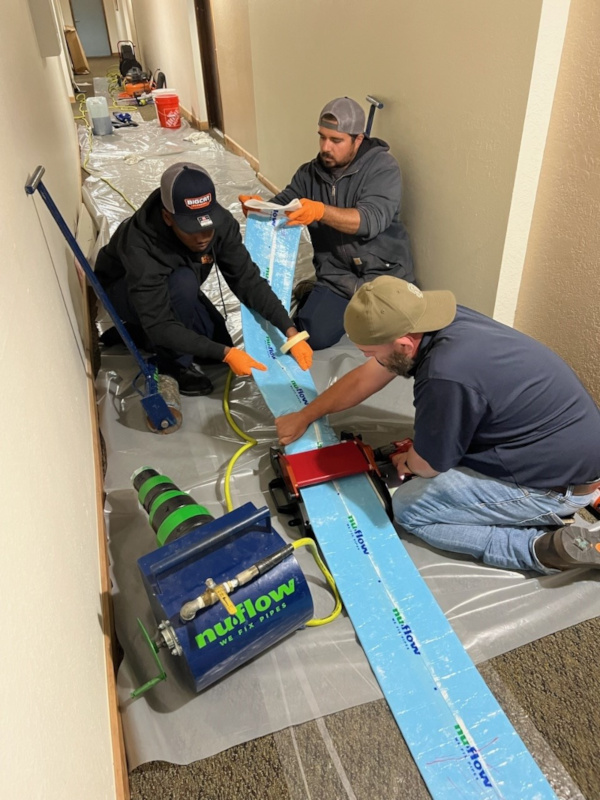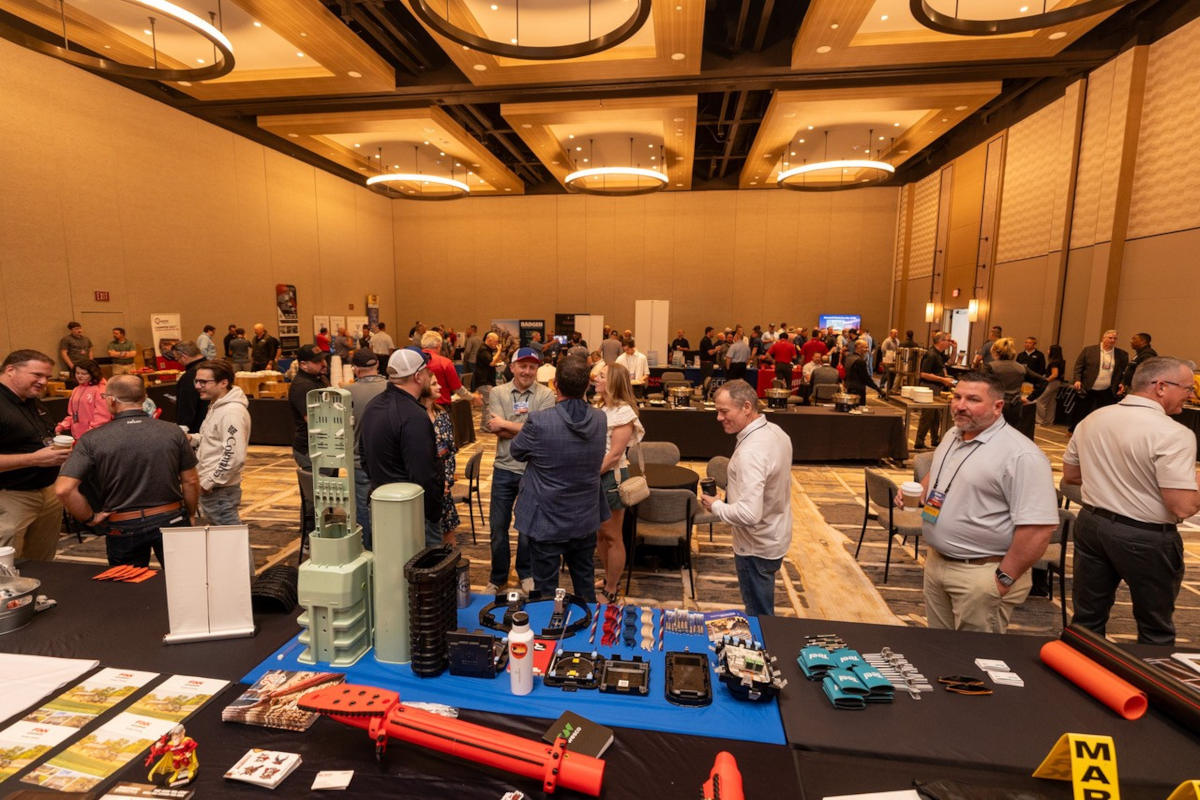
NASSCO Report – Saving A Building with CIPP
When dealing with aging infrastructure, such as partially or fully deteriorated water and sewer pipes in older buildings, the industry’s default solution may seem to be a full pipe replacement. However, this is not always necessary.
Thanks to advancements in trenchless technologies, a range of rehabilitation solutions can extend the life of existing pipes in buildings without the need for invasive demolition or disturbance of the building’s finishes.
Gemini Pipeline Rehabilitation Solutions — a construction management consulting firm specializing in in-building pipe rehabilitation — was approached by the homeowners’ association of a 41-unit, three-story condominium, built in the 1970s.
The building’s cast iron sanitary sewer piping, ranging from 2- to 6-in. in diameter, had deteriorated to the point of failure, with significant debris buildup (ranging from Grades of 3 to 5 on NASSCO’s condition assessment scale).
This deterioration had caused pipe leaks, backups and a risk of insurance non-renewal due to an increasing number of claims. Further complicating the issue, the building contained asbestos, making traditional pipe replacement not only extremely costly but also time-intensive, with a significant risk of resident displacement.
Faced with the decision to either repipe or rehabilitate the existing system, the board of the homeowners’ association turned to experts who could offer unbiased recommendations for help.
Recommending CIPP
After reviewing the condition of the pipes and the specific challenges posed by the asbestos, a cured-in-place pipe (CIPP) system was recommended. This method would not only restore the structural integrity of the existing pipes but also provide a watertight solution and extend the service life by an estimated 50-plus years.
Most importantly, the CIPP installation could be completed using existing access points, such as roof vents, toilet flanges, sewer cleanouts, floor drains, etc., thereby minimizing asbestos disturbance and avoiding costly remediation measures. Where additional access was necessary, a 6-ft square section of drywall was removed at strategic locations to avoid disturbing the asbestos.
Even with the lack of as-built drawings and time constraints that prevented a comprehensive condition assessment, the consultants were able to prepare detailed bid documents and solicit competitive bids from local and regional contractors.
The final contractor selection was based on a combination of price, past performance on similar projects and their ability to efficiently complete the work with the right crew and equipment. To expedite the project timeline, the contractor chose an ultraviolet (UV) cured CIPP system, reducing cure times to roughly 10 minutes compared to several hours typically required by conventional thermal-cured CIPP.

Prep, Challenges and Completion
Prior to liner installation, the pipes were thoroughly cleaned using high-pressure water jetting and/or rotary mechanical tools to ensure proper adhesion of the CIPP to the host pipe and to restore flow capacity.
Post-cleaning CCTV inspections revealed a significant number of cracked pipes and deteriorated fittings. Nearly a dozen fittings were so damaged that they had to be replaced prior to the lining process.
Unfortunately, some of these fittings were located in asbestos-contaminated areas, necessitating specialized remediation by a licensed contractor.
Additionally, an unforeseen challenge arose when a large void, approximately 5 cubic yards in size, was discovered beneath the building’s slab. This cavity, caused by the long-term erosion from a deteriorated cast iron elbow, required replacement with PVC fittings, followed by grouting of the void through core-drilled injection ports in the slab. These complications delayed the project’s critical path by over a month.
Ultimately, the contractor rehabilitated nearly 3,000 lf of pipe and fittings, significantly extending the lifespan of the system while preserving the building’s existing finishes and avoiding extensive asbestos remediation.
This project highlights the adaptability and efficiency of CIPP technology, particularly when paired with innovative curing methods like UV curing, to deliver both immediate cost savings and long-term asset management benefits in aging buildings.




